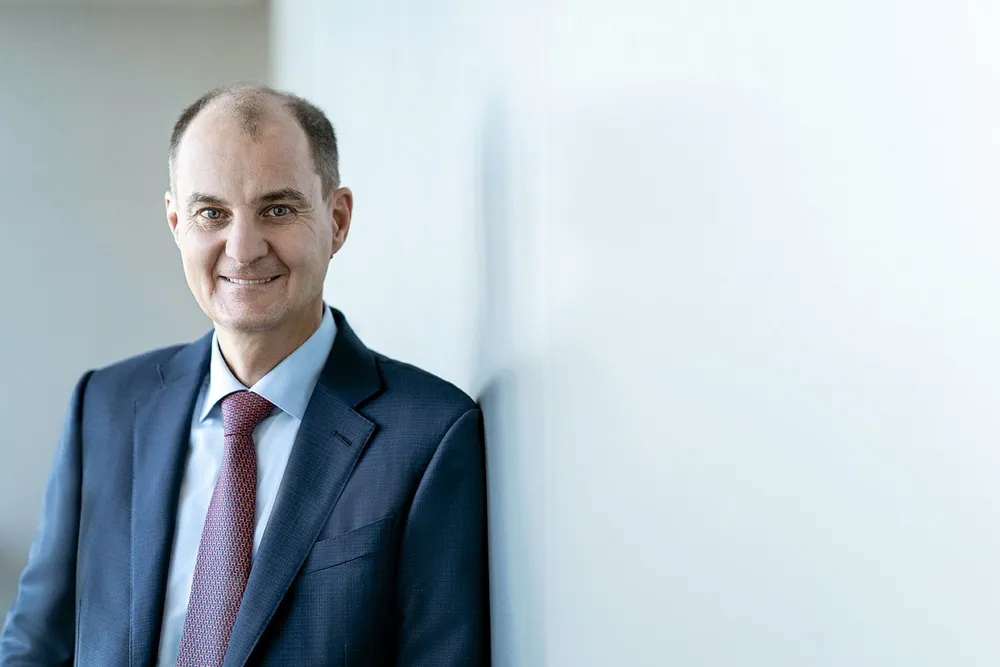Siemens Energy wins massive order for converters for Baltic Sea energy island
German energy tech giant to build converter stations for project linking gigawatts of offshore wind to Bornholm island and both countries' main power grids

Siemens Energy has won a massive order from the German and Danish transmission system operators (TSOs) to provide the converter stations to link the Bornholm Energy Island project to the mainland power grids of the two countries.
Denmark’s Energinet and Germany’s 50Hertz have placed a joint order for the construction and turnkey delivery of four converter systems as well as technical components on the Danish island of Bornholm in the Baltic Sea, the island of Zealand (where the Danish capital Copenhagen is located) and the German mainland.
50Hertz said the orders mark the end of a half-year transition phase during which the joint project had to be paused due to the need for political regulation between the two countries.
“Today, we placed fundamental cornerstones to make the vision of the Bornholm Energy Island a reality,” 50Hertz CEO Stefan Kapferer said.
“We would like to thank the [German] federal government for clearing formerly unsolved regulatory issues so shortly after taking office.
“These issues included the question of liability in case no electricity can flow to Germany through an international offshore grid connection because of a disturbance or due to maintenance.”
The TSOs didn’t reveal the size of the order, but the overall Bornholm Energy Island project is currently slated to cost €7bn ($8.2bn). The EU granted a subsidy of €645m to Energinet as part of its Connecting Europe Facility (CEF) programme.
"The grid is the backbone of a resilient energy system,” Siemens Energy board member Tim Holt said.
“By connecting nations through pioneering infrastructure like the Bornholm Energy Island Project, we’re laying the groundwork for a truly integrated, low-carbon energy future."
It is one of Europe’s pioneer cross-border interconnection projects that will connect several wind farms to a single hub, and then transport their electricity to more than one country. The energy island, at a later stage, could also host power-to-x facilities based on green hydrogen.
“We are now taking a huge step toward a future where offshore wind from the Baltic Sea can supply millions of consumers with electricity,” Energinet CEO Thomas Egebo said.
“A great deal of work lies ahead, and there is a huge task in building the groundbreaking infrastructure needed for Denmark to harvest enormous amounts of locally produced energy – energy that will make both Denmark and Europe greener and more independent of external energy sources.”
50Hertz earlier had concluded a framework agreement with Danish manufacturer NKT for the production and laying of the submarine and onshore cables between Bornholm and Germany’s Mecklenburg-Western Pomerania state.
Following the approval by the Danish government, Energinet has now also ordered the cable connection between Bornholm and Zealand from NKT.
50Hertz and Energinet since 2021 have been operating an interconnector at the sea border in the Baltic Sea in the Kriegers Flak area, which is linked to offshore wind farms on both sides and connected to both countries. It is still the world’s only hybrid interconnector and seen as a blueprint for other projects, such as Bornholm Energy Island.
(Copyright)